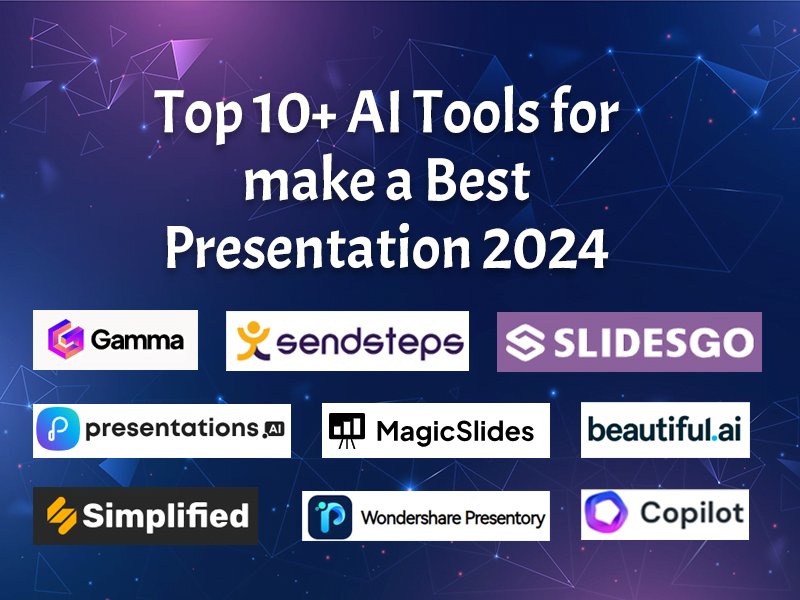Introduction
In today’s rapidly evolving educational landscape, the integration of technology has become paramount to foster innovative learning environments. This article explores the multifaceted realm of technology integration in education, highlighting its significance, challenges, and promising practices.
Technology Integration in Education
Understanding the Role of Technology in Education
Technology plays a transformative role in education, offering unprecedented opportunities to enhance teaching and learning experiences. From interactive whiteboards and educational apps to virtual reality simulations, technology empowers educators to engage students in dynamic and personalized learning activities.
Navigating Digital Literacy and Skills Development
Effective technology integration requires a focus on digital literacy and skills development among students and educators alike. Digital literacy encompasses the ability to critically evaluate information, navigate online resources responsibly, and harness technology for learning and productivity.
Exploring Pedagogical Approaches
Technology integration is not merely about incorporating digital tools into the classroom but rather reimagining pedagogical approaches to leverage technology’s full potential. Blended learning models, project-based inquiry, and flipped classrooms are examples of innovative pedagogies that integrate technology seamlessly into instructional practices.
Addressing Equity and Access
Ensuring equitable access to technology and digital resources is essential to bridge the digital divide and promote inclusive learning environments. School leaders must prioritize equity initiatives, providing access to devices, internet connectivity, and tech support for all students, regardless of socioeconomic background.
Empowering Personalized Learning Experiences
Technology enables personalized learning experiences tailored to individual student needs, interests, and learning styles. Adaptive learning platforms, data analytics, and AI-driven tutoring systems offer adaptive feedback and customized learning pathways, empowering students to take ownership of their learning journey.
Enhancing Collaboration and Communication
Technology facilitates collaboration and communication among students, educators, and parents, transcending geographical barriers and fostering global connections. Online collaboration tools, virtual classrooms, and digital portfolios enable seamless communication and collaboration, promoting teamwork and peer-to-peer learning.
Integrating Emerging Technologies
The integration of emerging technologies, such as augmented reality (AR), artificial intelligence (AI), and blockchain, holds immense potential to revolutionize education. AR applications bring learning to life through immersive experiences, while AI-powered adaptive learning systems offer personalized recommendations and insights.
Promoting Data-Driven Decision Making
Data analytics and learning analytics empower educators to make data-informed decisions, monitor student progress, and identify areas for improvement. By analyzing learning data, educators can personalize instruction, track student engagement, and measure learning outcomes effectively.
Navigating Privacy and Security Concerns
As technology becomes more pervasive in education, safeguarding student privacy and data security is paramount. School leaders must implement robust policies and protocols to protect sensitive information, comply with data privacy regulations, and educate stakeholders about online safety practices.
Professional Development and Training
Effective technology integration requires ongoing professional development and training for educators to build their digital fluency and pedagogical competencies. Professional learning communities, workshops, and online courses offer opportunities for educators to explore new technologies, share best practices, and collaborate with peers.
Building a Culture of Innovation
Fostering a culture of innovation is essential to sustain technology integration efforts and drive continuous improvement. School leaders must nurture an environment that encourages risk-taking, experimentation, and creativity, celebrating successes and learning from failures along the way.
Measuring Impact and Efficacy
Evaluating the impact and efficacy of technology integration initiatives is critical to inform decision-making and resource allocation. School leaders should establish clear metrics and assessment frameworks to measure student outcomes, teacher effectiveness, and overall program success.
Frequently Asked Questions (FAQs)
- How does technology integration benefit student learning? Technology integration benefits student learning by…
- What are some common challenges associated with technology integration in education? Common challenges include…
- How can educators effectively assess the quality of educational technology resources? Educators can assess the quality of educational technology resources by…
- What role do parents and guardians play in supporting technology integration at home? Parents and guardians can support technology integration by…
- How can technology integration promote student engagement and motivation? Technology integration promotes student engagement and motivation by…
- What are some promising practices for effective technology integration in early childhood education? Promising practices include…
Conclusion
Technology integration holds immense promise to revolutionize education, empower learners, and prepare students for success in the digital age. By embracing innovative pedagogies, fostering equitable access, and cultivating a culture of innovation, educators can harness the transformative power of technology to create engaging, inclusive, and future-ready learning environments.















